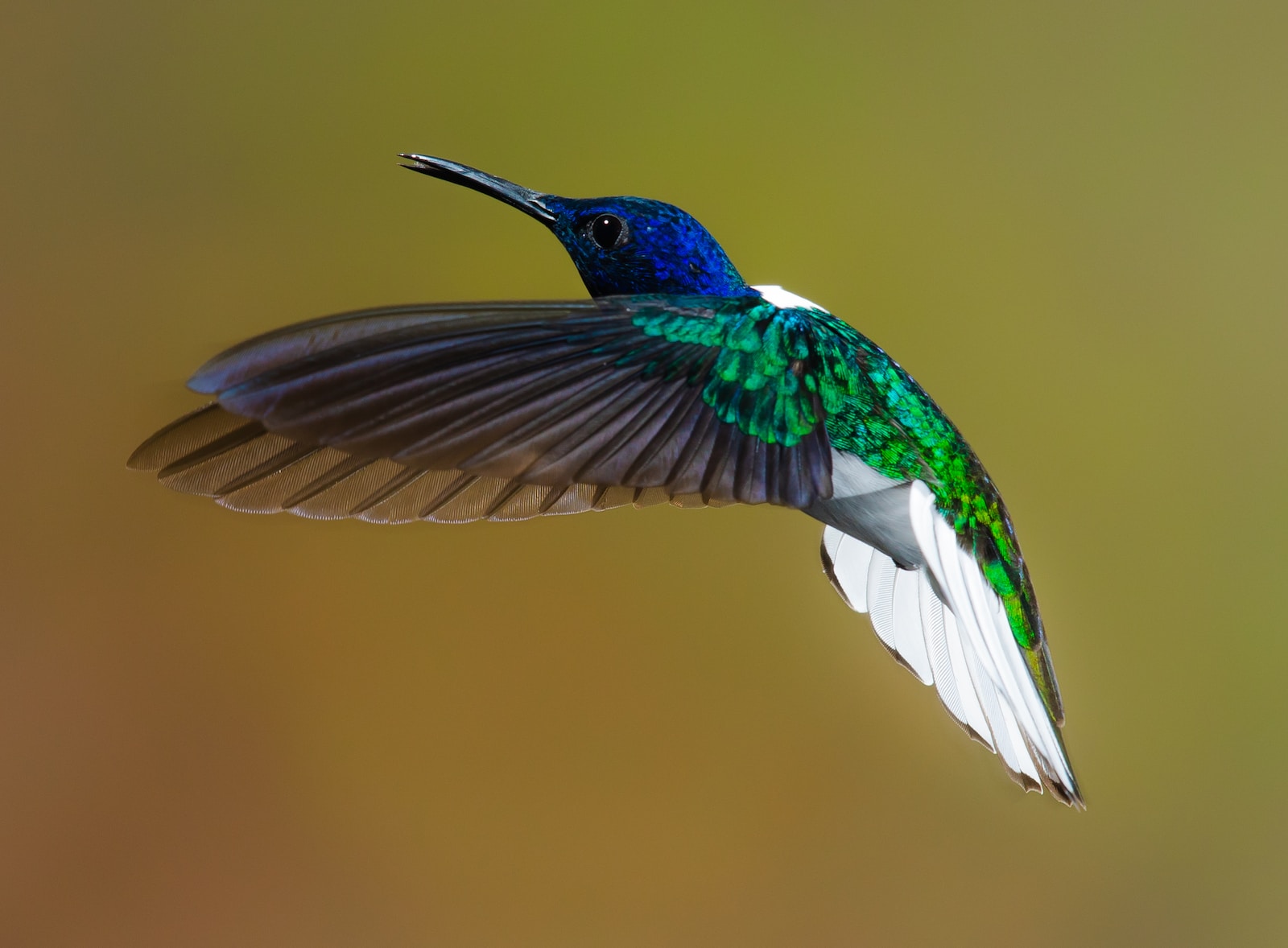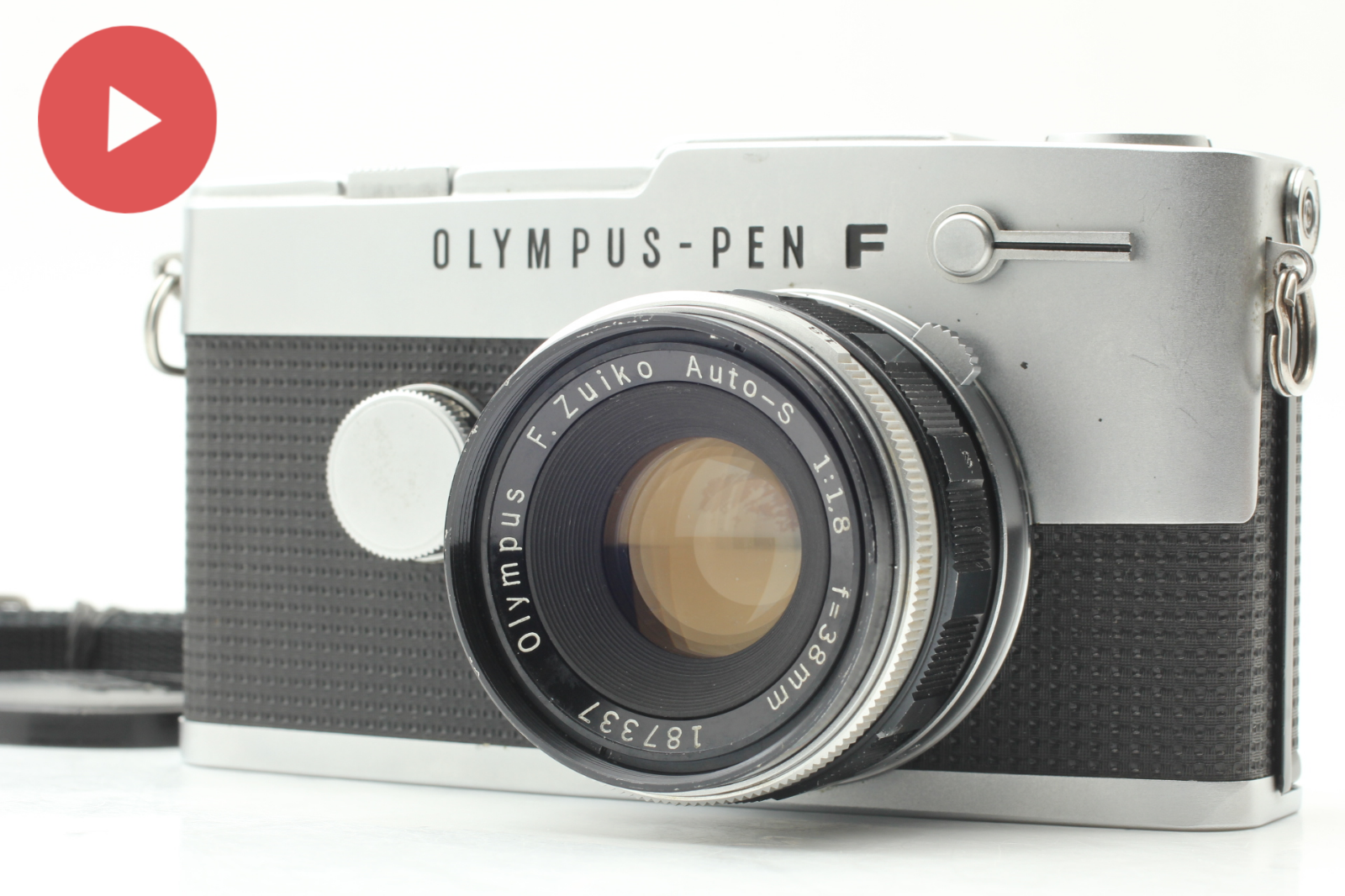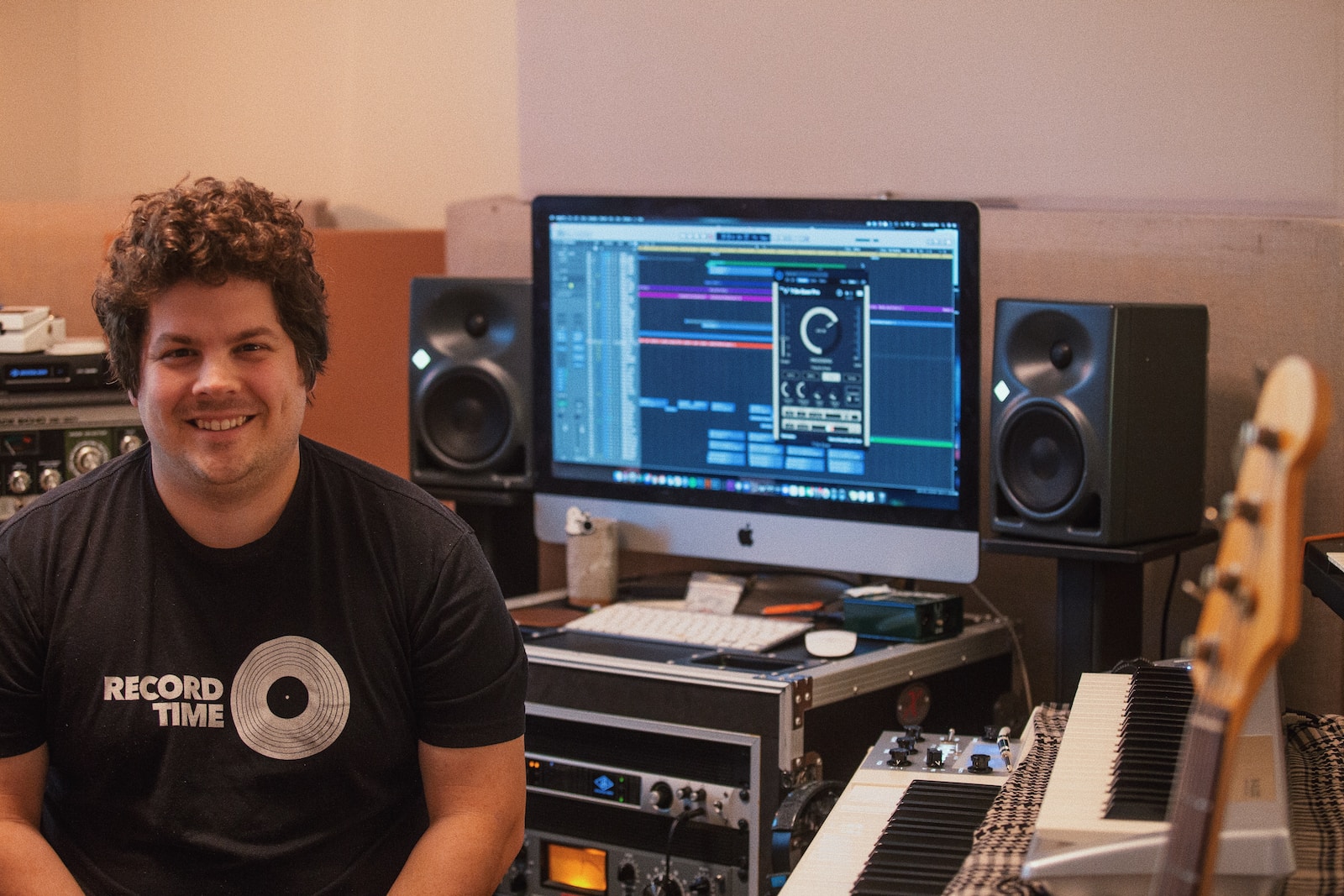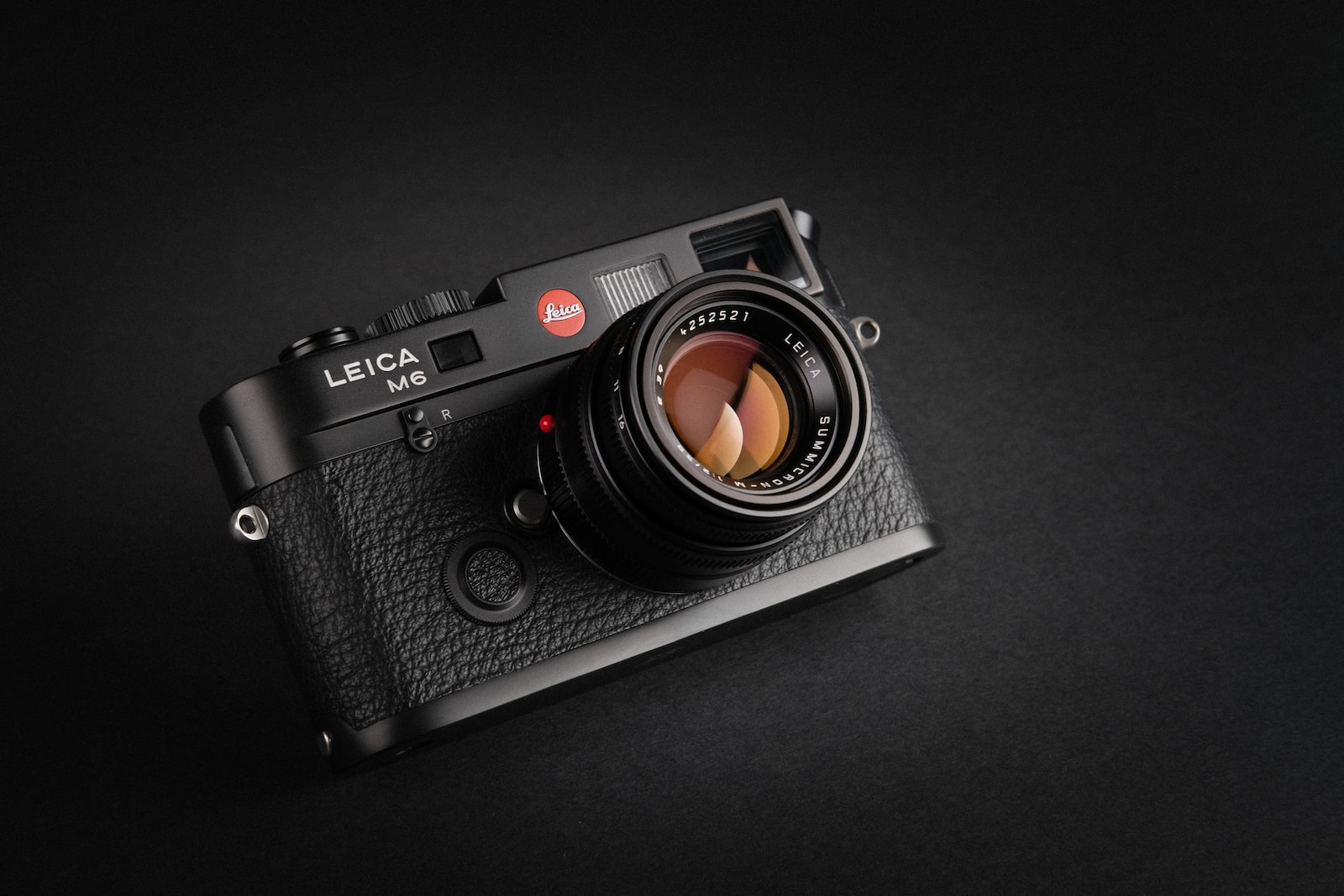Welcome to “Mastering the Capture of Birds in Flight,” your ultimate guide to photographing dynamic bird movements. If you’re a wildlife photography enthusiast with a passion for action shots, this blog is a treasure trove of comprehensive tips and techniques. Whether you’re shooting birds in your backyard or capturing them in their natural habitats around the world, we’ve got you covered. From camera settings to focus techniques and composition, prepare to elevate your photography skills and freeze mesmerizing moments of fast-moving birds.
Table of Contents
- Mastering the Capture of Birds in Flight
- Mastering the Capture of Birds in Flight
- Tips and Techniques for Action Photography
- Frequently Asked Questions
- 1. What is the best camera settings for birds in flight photography?
- 2. How can I improve my focus accuracy when capturing birds in motion?
- 3. What composition techniques can I use for birds in flight photography?
- 4. What gear is recommended for photographing birds in flight?
- 5. How can I practice and improve my skills in bird photography?
- Wrap Up
Mastering the Capture of Birds in Flight
When it comes to action photography and wildlife photography, few subjects can match the thrill and beauty of birds in flight. Capturing these majestic creatures in motion requires skill, patience, and a good understanding of the right techniques. In this blog post, we will delve into the world of bird photography and provide you with comprehensive tips and techniques to master the capture of birds in flight.
Fascinating Features of Birds in Flight
Birds in flight offer photographers a wide range of unique and interesting features to capture. The gracefulness of their movements, their vibrant colors, and the sheer freedom they exude can make for truly breathtaking photographs. Here are some features that make photographing birds in flight so captivating:
- Dynamic Action: Birds in flight exhibit a wide array of dynamic actions, such as soaring, diving, and gliding. Capturing these fast movements in a photograph can convey a sense of energy and excitement.
- Feather Details: The intricate patterns and textures of bird feathers become more pronounced when they are in motion. Photographing birds in flight provides an opportunity to highlight the fine details and intricate designs of their plumage.
- Eye Contact: Birds in flight often make eye contact with their surroundings as they scout for prey or navigate their environment. Capturing this intense eye contact can add a sense of intimacy and depth to your photographs.
Techniques for Capturing Birds in Flight
Capturing birds in flight requires careful planning, good timing, and the right camera settings. Here are some techniques to help you achieve stunning bird photography:
- Fast Shutter Speed: To freeze the fast movement of birds in flight, set your camera to a fast shutter speed, preferably 1/1000th of a second or faster. This will ensure sharp and blur-free images.
- Continuous Shooting Mode: Birds can change their flight patterns quickly, so shooting in continuous mode will increase your chances of capturing the perfect moment.
- Burst Mode: Use burst mode to capture a series of images in quick succession. This way, you can select the best shot from the sequence that captures the bird’s motion and position at its peak.
- Autofocus Tracking: Enable the autofocus tracking feature on your camera to keep the bird in focus as it moves across the frame. This will ensure sharp and well-focused images.
- Composition: Pay attention to the composition of your shots. Use the rule of thirds to create a balanced and visually appealing image. Experiment with different angles and perspectives to add depth and interest to your photographs.
By mastering the capture of birds in flight, you can create stunning images that showcase the beauty and grace of these incredible creatures. Remember, practice makes perfect, so get out there, be patient, and keep experimenting with different techniques. Happy bird photography!
Did you know that birds are capable of flying at different speeds? From the fastest bird, the Peregrine Falcon, reaching speeds of 240 mph, to the slowest bird, the American Woodcock, flying at only 5 mph, capturing birds in flight requires skill and precision.
Mastering the Capture of Birds in Flight
Photographing birds in flight requires a combination of skill, patience, and the right equipment. In this section, we will explore the essential camera settings, lenses, and other equipment needed to successfully capture these stunning creatures in motion.
The Perfect Camera for Birds in Flight
When it comes to capturing fast-moving subjects like birds in flight, having a camera with advanced autofocus capabilities is crucial. Look for a camera that offers a high number of autofocus points, as this will increase your chances of achieving sharp focus.
Cameras with fast continuous shooting speeds are also highly recommended for capturing the swift movements of birds. Look for cameras that can shoot at least 6 frames per second (fps) or higher to ensure you don’t miss any crucial moments.
Choosing the Right Lenses
The lens you choose is equally important in bird photography, as it determines the level of detail and magnification you can achieve. Here are a few options:
- Telephoto Lens: A telephoto lens with a focal length of at least 300mm is essential for capturing birds in flight from a distance. This will allow you to fill the frame with the subject and capture intricate details.
- Super Telephoto Lens: For serious bird photographers, a super telephoto lens with a focal length of 400mm or higher may be preferred. These lenses offer exceptional magnification and image quality, allowing you to capture even the smallest details of birds in flight.
- Zoom Lens: If versatility is your priority, a zoom lens with a wide focal range, such as 70-200mm or 100-400mm, can be a great choice. These lenses allow you to quickly adjust your focal length to capture birds at different distances.
- Prime Lens: Prime lenses with fixed focal lengths, such as 300mm or 500mm, are also popular among bird photographers. These lenses often offer wider apertures, allowing for faster shutter speeds and better subject isolation.
While these options provide a general idea, it’s important to research and find the lens that best suits your specific needs and budget.
Additionally, investing in lens stabilization technology, such as optical image stabilization (OIS) or vibration reduction (VR), can greatly assist in achieving sharper images when shooting handheld.
By choosing the right camera with advanced autofocus capabilities and pairing it with an appropriate lens, you will be well on your way to capturing breathtaking photos of birds in flight.
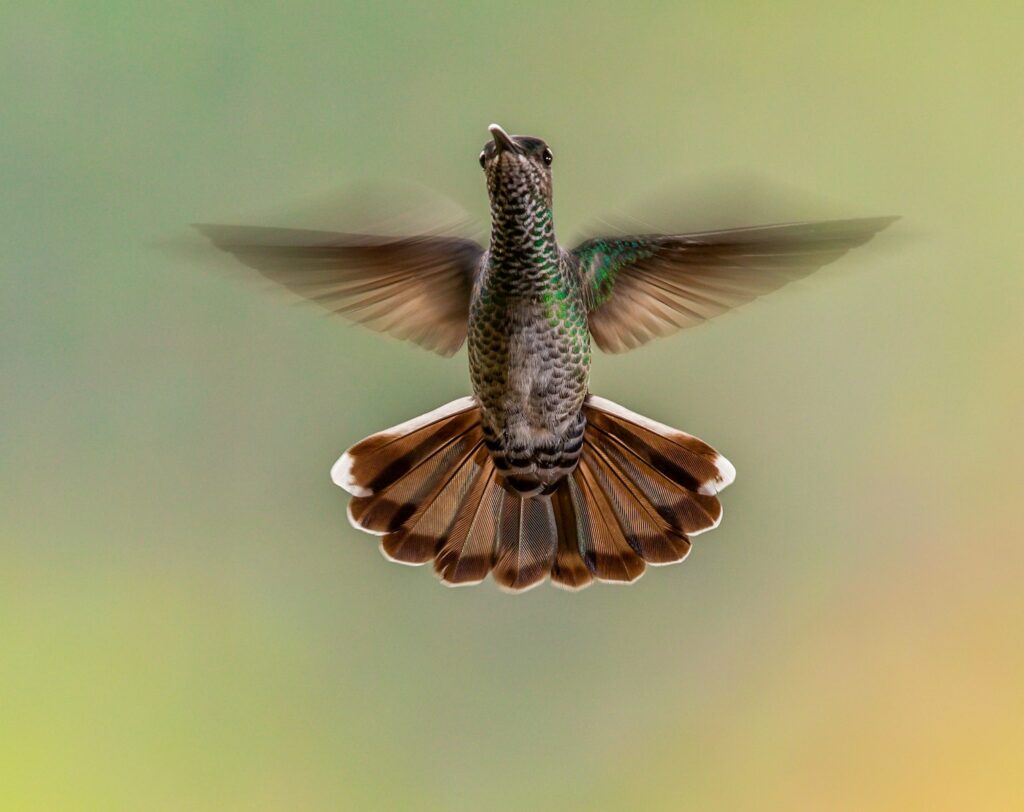
Tips and Techniques for Action Photography
When it comes to capturing birds in flight, the time of year plays a crucial role. Different seasons offer unique opportunities to photograph these magnificent creatures. Spring, for example, is the perfect time to witness birds in the midst of their migratory journey, while summer brings vibrant colors and bustling activity.
One of the best vantage points for bird photography is near water bodies such as lakes, rivers, or coastlines. These areas attract a wide range of bird species, providing great opportunities for action shots. Additionally, wetlands and nature reserves act as enticing habitats for various birds, giving photographers the chance to photograph them in their natural surroundings.
Beyond specific locations, experimenting with different angles and perspectives can greatly enhance your photography. For instance, positioning yourself at eye level with the birds will allow you to capture intimate and engaging shots. A low vantage point can also add a dynamic element to your images, as it emphasizes the birds’ flight path and movement.
Options for Maximizing Photography Benefits
There are several options that photographers can explore to maximize the benefits of photographing birds in flight:
- Using Telephoto lenses: Investing in a telephoto lens will enable you to zoom in and capture birds in flight from a distance. This can be especially useful when photographing more skittish bird species or in areas where access is restricted.
- High-Speed Continuous Shooting: Utilizing the high-speed continuous shooting mode on your camera allows you to capture a series of images in rapid succession. This feature is essential when trying to freeze fast movement and ensure you don’t miss crucial moments.
- Focus Techniques: Utilize autofocus modes such as AI Servo or Continuous Focus to track and maintain focus on moving subjects. These modes continuously adjust focus as the bird flies, keeping it sharp and clear in your images.
- Composition: Careful composition can make all the difference in capturing compelling bird-in-flight photographs. Experiment with the rule of thirds, leading lines, or negative space to create visually appealing and balanced compositions.
Remember, practice and patience are key to mastering the capture of birds in flight. Take advantage of the best time of year, choose strategic vantage points, and utilize various techniques and options to improve your action photography skills. So, get out there and immerse yourself in the world of birds in motion!
Helpful Photography Tip:
To capture birds in flight, use a high shutter speed (around 1/1000 or faster) to freeze their rapid movement. Set your camera to continuous autofocus mode and select a single focus point to track the bird. Additionally, shoot in burst mode to increase your chances of capturing the perfect moment.
Frequently Asked Questions
1. What is the best camera settings for birds in flight photography?
When shooting birds in flight, it is important to use a fast shutter speed to freeze the motion. Start with a shutter speed of around 1/1000 or higher to capture the details of the birds’ wings. Additionally, use a wide aperture to ensure a shallow depth of field, allowing the birds to stand out against the background. Lastly, set your camera to continuous autofocus and burst mode to increase the chances of getting a sharp image.
2. How can I improve my focus accuracy when capturing birds in motion?
To improve focus accuracy, use the continuous autofocus mode on your camera and select a focus point that covers the area where the bird will be in the frame. Tracking the bird’s movement with the autofocus system will help keep it in sharp focus. Additionally, using back-button focus allows you to separate the focusing and shutter release functions, giving you more control over when and where to focus.
3. What composition techniques can I use for birds in flight photography?
When composing your shot, aim to capture the bird in a way that emphasizes motion and portrays a sense of flight. One effective technique is to position the bird off-center, following the rule of thirds. This adds balance and creates a more visually appealing image. Additionally, pay attention to the background and use it to enhance the overall composition. A clear sky or a contrasting background can help emphasize the bird’s movement.
4. What gear is recommended for photographing birds in flight?
For capturing birds in flight, a telephoto lens with a long focal length is essential. Aim for a lens with a focal length of at least 300mm, which will allow you to get close-up shots without disturbing the birds. Furthermore, using a lens with image stabilization can help stabilize your shots when shooting handheld. If possible, consider using a tripod or a monopod for added stability.
5. How can I practice and improve my skills in bird photography?
Practice is key to improving your skills in bird photography. Visit local parks, nature reserves, or any area where you can find a variety of bird species. Familiarize yourself with their behavior and flight patterns. Experiment with different camera settings, techniques, and compositions. Joining bird photography groups or workshops can also provide valuable insights and opportunities to learn from experienced photographers.
Wrap Up
Congratulations! You are now equipped with the essential knowledge to master the capture of birds in flight. By following the tips and techniques mentioned in this blog, you’ll be able to excel at action photography and wildlife photography.
Remember, when photographing fast movements and unpredictable subjects like birds, it’s crucial to set your camera settings properly, use the right focus techniques, and create compelling compositions. Practice makes perfect, so get out there and start shooting!
I would love to hear about your experiences and successes in capturing birds in flight. Feel free to leave a comment below and share your thoughts or ask any questions you may have. Let’s engage and learn from each other!
